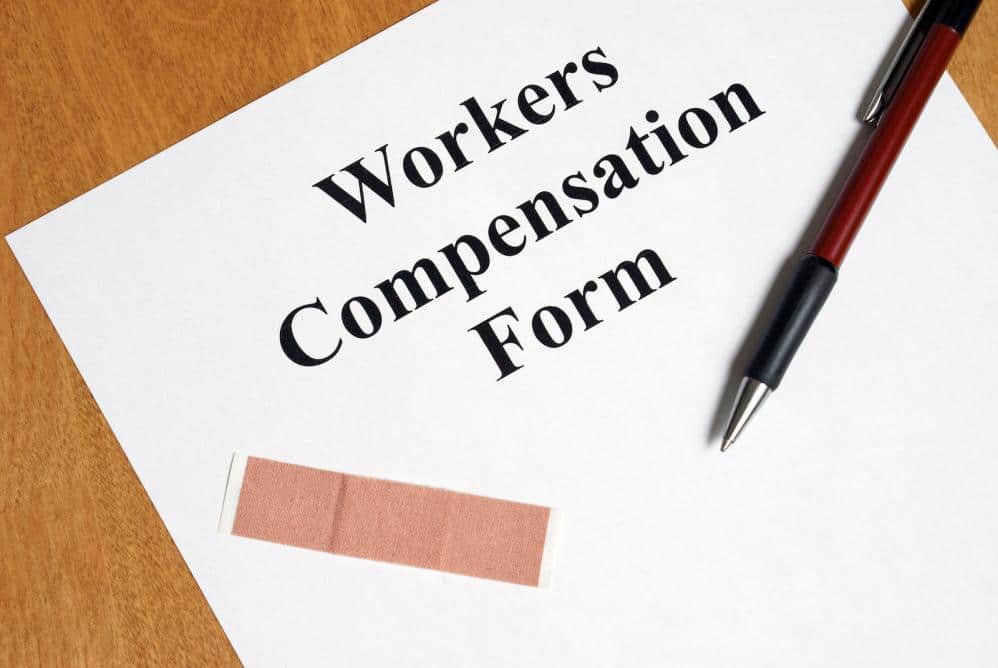Worker’s Compensation Plan – Catastrophic Impact & How to Minimize Them

While reviewing your accounting books, you will be stunned to see the amount you are paying annually to cover the worker’s compensation policy. Even if you were thinking that your workplace doesn’t include hard labor like construction or firefighting, you are still paying for worker’s compensation.
For most companies, it’s one of the most significant costs they have to pay every year. Even after having a comprehensive insurance policy, you will end up paying a significant amount because of high premiums that are charged.
Accidents and negligence are a part of the workplace. Despite having effective ways to reduce the number of cases, there will still be accidents. Worker’s compensation mostly covers workplace accidents and careless harm to employee’s well-being. The employer takes the burden off the employee and covers for the claim.
Over the years, the number of claims has reduced as employers have started incorporating strict safety measures and rules for their workplaces. But even then, reports suggest that 3 out of every 100 workers in the private sector file for worker’s compensation claim. The number is even higher in the public sector and reaches 6 in every 100 employees.
Top Injuries
Workplace injuries can be of several types. Whether it’s a case of negligence or an accident, these injuries can’t be taken lightly. The compensation that will be paid depends on the severity of the injury. A case like fractured bones or amputated arms requires a bigger compensation as compared to an ankle sprain. The top 5 injuries that are reported for claims are:
- Strains and sprains
- Cuts and punctures
- Bruises
- Inflammation
- Fractures and dislocated bones
Preventive Measures
Worker compensation costs can rack up and eat a significant amount of money from your profits. It is of utmost importance that you look into the matter and take measures that are going to reduce this financial burden your business is bearing. It may seem insignificant at first, but if you calculate the total costs of compensation and the increased insurance premium, it will amount to thousands of dollars.
The financial burden associated with worker’s compensation can be reduced by following these simple solutions.
#1 Hiring Process:
Increasing the vetting and filtering process before you hire the employees can help you save thousands of dollars. It is important that you look into the medical history and details of the incumbent. Many times there are health conditions which make the employee injury prone and get hurt while on a job.
It is essential that when you publish the job description, it has as much detail as possible. It is important that you detail all the physical demands of the job. The detailed demands, safety manuals, and detailed employment requirements are essential in choosing the right candidate.
All the manuals that are to be signed may be annoying, but in reality, they are essential in making sure that employees are aware of all safety precautions, and what to do when there is a health hazard, injury, near misses, and other possible implications.
The new and extensive hiring process will ensure that the right candidates become employees with reduced chances of work-related injuries.
#2 Safety Programs:
It is best to stop a problem at the root cause and prevent it from happening. Safety programs are a practical investment that is going to increase the productivity of your employees and reduce work-related injuries and claims. To develop the safety program, it is essential that you analyze the past claims first. Analyzing them will help you figure out the problem areas of your workplace that can potentially cause injuries.
The analysis is also important in identifying all possible safety hazards at the workplace. After the analysis, you should devise a training and safety plan that will concentrate on the specific problem areas. You can also put safety measures in writing and provide every worker with it, to help them remember. Increased training and reinforced safety manuals will increase productivity and reduce the number of claims.
#3 Return-to-Work Programs:
An effective return-to-work program has direct cost benefits. The programs are formed to encourage employees to return to work as soon as they can after an accident or an injury. The program aims to reduce the time frame of the compensation claim. The longer the claim goes on for, the higher the worker compensation amount. Employees work hard to reduce this time as much as possible. Longer downtime means higher claim payments and higher premiums.
The program aims to bring an employee back to work and modify their working situation to suit them better. For example, reduced working hours and lighter working loads. The program is also beneficial to improve the employee-employer relationship and promote stronger ties between the two parties.
#4 Claims:
The number of claims must be kept in a check to reduce the total costs of worker compensation. Often, the claims remain open and continue for an elongated period. Payment made in this period increases your costs. Moreover, it also impacts the experience modification rate (EMR).
#5 Fake Claims:
It is essential that you filter out the fake claims from the original ones. Employees acting in bad faith look for ways to manipulate the system and take unfair advantage. They fake their injury or claim a previous injury to be work-related injury and ask for its compensation. For example, a fraudulent claim is the one where an employee makes his skiing injury look like he got it while working. To reduce this, you must establish and carry out a proper investigative procedure.
By closing the claims promptly, you can help save a lot of costs and reduce the unnecessary financial burden on your company. It is advised to carry out claim reviews quarterly to find patterns and close idle reviews.








 Cherry Injury Law RSS Feed
Cherry Injury Law RSS Feed



